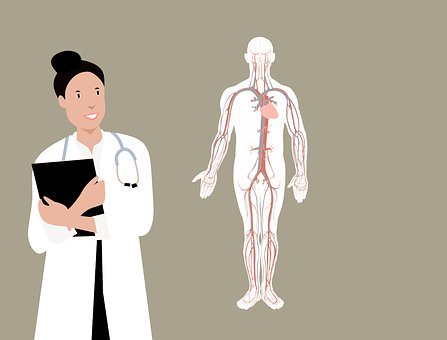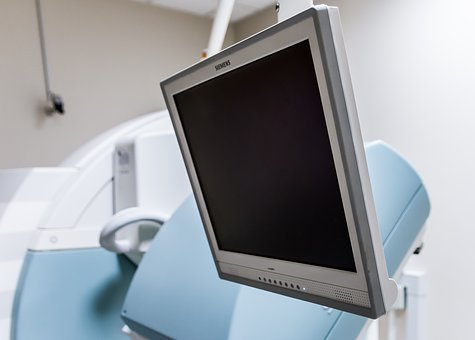Diagnosis for Epididymitis
Date:2020-05-11 click:0

In the diagnosis of epididymitis, doctors usually check the patient's body first, mainly to see whether the lymph nodes in the groin area are enlarged and whether the testicles on the affected side are enlarged.
A digital rectal examination was then performed to determine whether there were enlargement and tenderness of the prostate, and blood and urine tests to determine whether there was an infection or other abnormalities. In addition, the doctor may arrange the following examinations:
STD screening
This requires taking samples from urinary tract secretions, i.e., inserting a very thin swab through the mouth of the penis to obtain samples, and then checking whether there are bacteria or other infectious pathogens in the samples. The results can help doctors choose the most effective antibiotics.
Ultrasonic image examination
This noninvasive examination, which uses high-frequency sound waves to image the structure of the body, can be used to eliminate diseases such as spermatic cord distortion (testicular torsion) or testicular tumors. This test is especially suitable for the diagnosis of sudden testicular pain. If the ultrasound image shows increased testicular blood supply (as shown in the figure below), it could be basically determined that epididymitis is not other diseases.

Nuclide scan of the testis
It is also used to rule out testicular torsion. This test requires a tracer dose of radioactive material to be injected into the blood vessels, and then a special instrument is used to detect the blood flow in the testicles. If the blood flow is found to be decreased, testicular torsion may occur; otherwise, if the blood flow is increased, epididymitis may occur.
Magnetic Resonance Imaging
It can be seen that epididymitis is diffuse or focal. The signal of epididymis on the T2 weighted image can be the same or higher than that of the testis.
You may also be interested in:
Symptoms of Epididymitis
Causes and Types of Epididymitis
Clinical Case - Chronic Epididymitis
You may also be interested in:
Symptoms of Epididymitis
Causes and Types of Epididymitis
Clinical Case - Chronic Epididymitis



